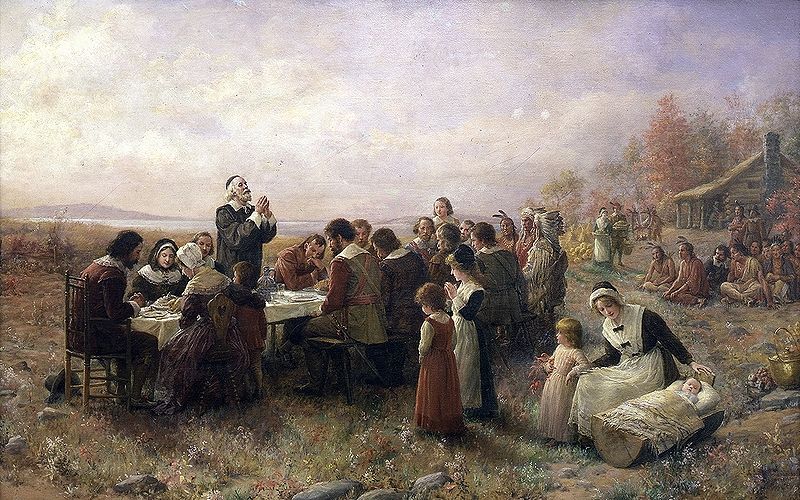 |
| Facebook's reminder that the new profile is here. |
It started with Twitter's move to the version. The message that would appear on the top of the screen went something to the effect of "Psst, there's a new version of Twitter available. Why not try a sneak peek?" It was a bit coercive, but I clicked and tried my sneak peek. I also promptly opted to switch back. Similarly Facebook tried to entice me to try the new profile. I took a look at the preview and decided I would wait for the mandatory change. It seems that I have been resistant for longer than anticipated because the messages by both of these services has become a bit more direct. On Twitter, the message at the top of the screen informs me matter-of-factly that "You're using an older version of Twitter that won't be around much longer. Switch to the New Twitter!" Facebook is using a slightly different tactic as you can see from the image above: the application wants me to know that I'm trailing behind 99 of my connections in delaying the move to a newer version. In both cases, the message is clear, I'm lagging behind in adopting the latest digital tools.

















































